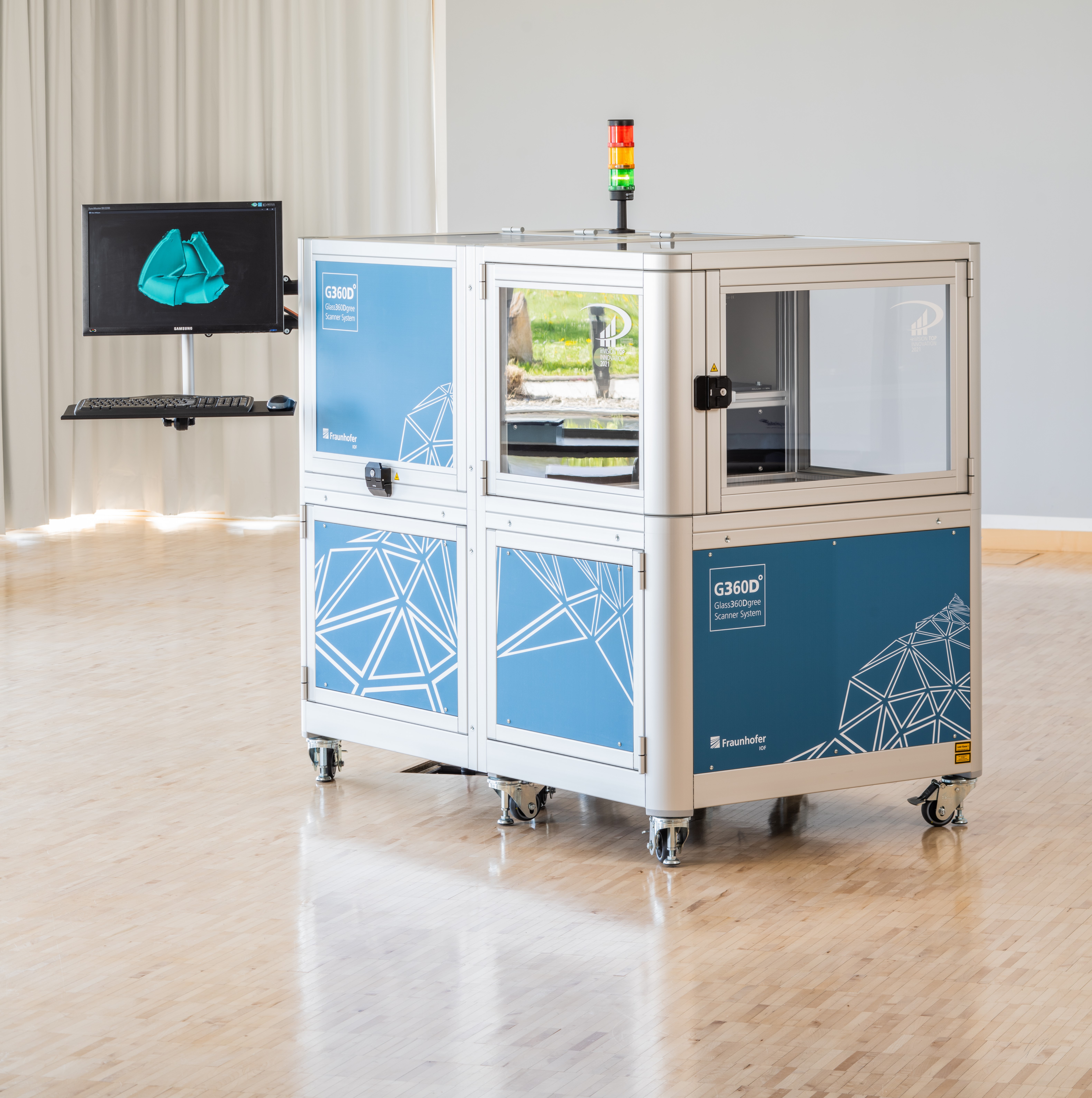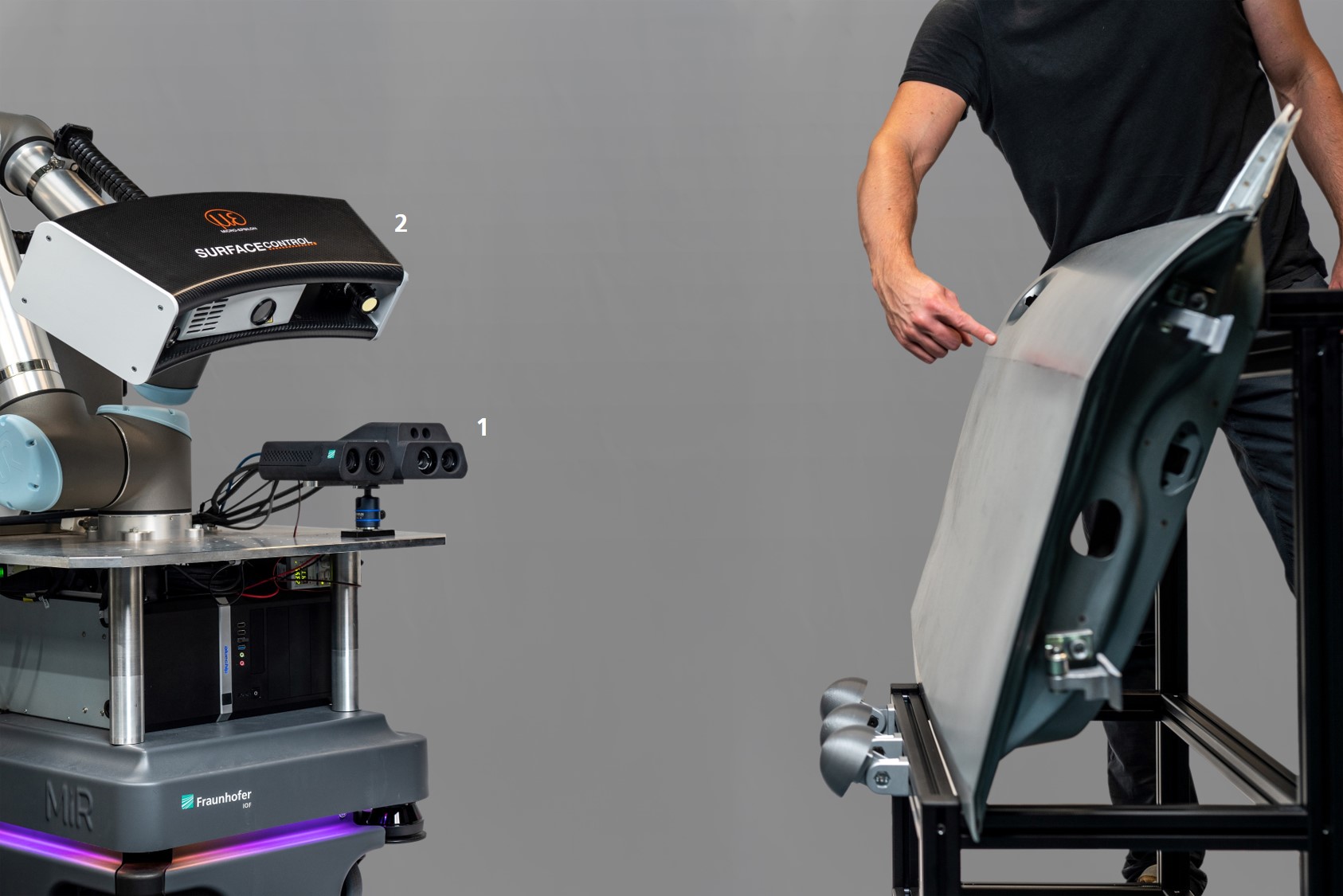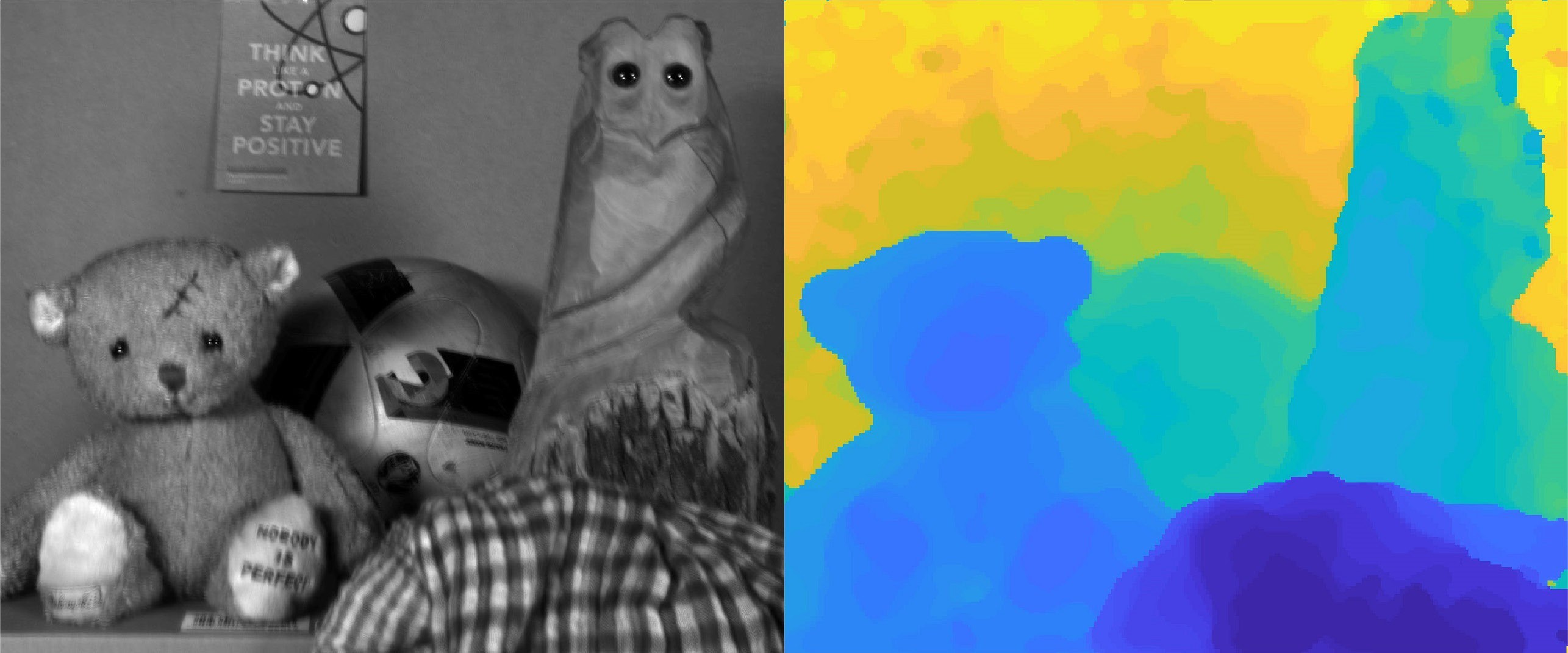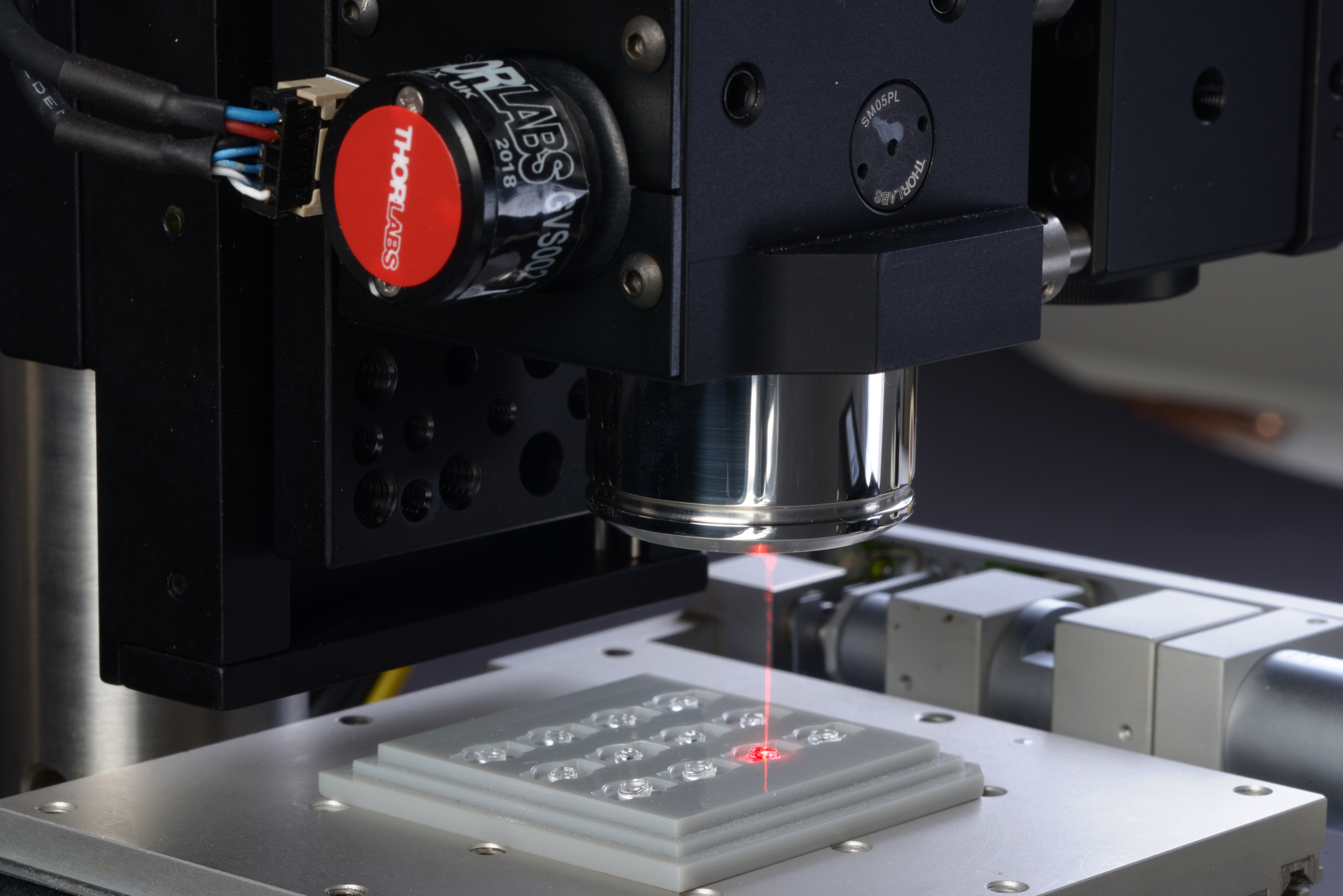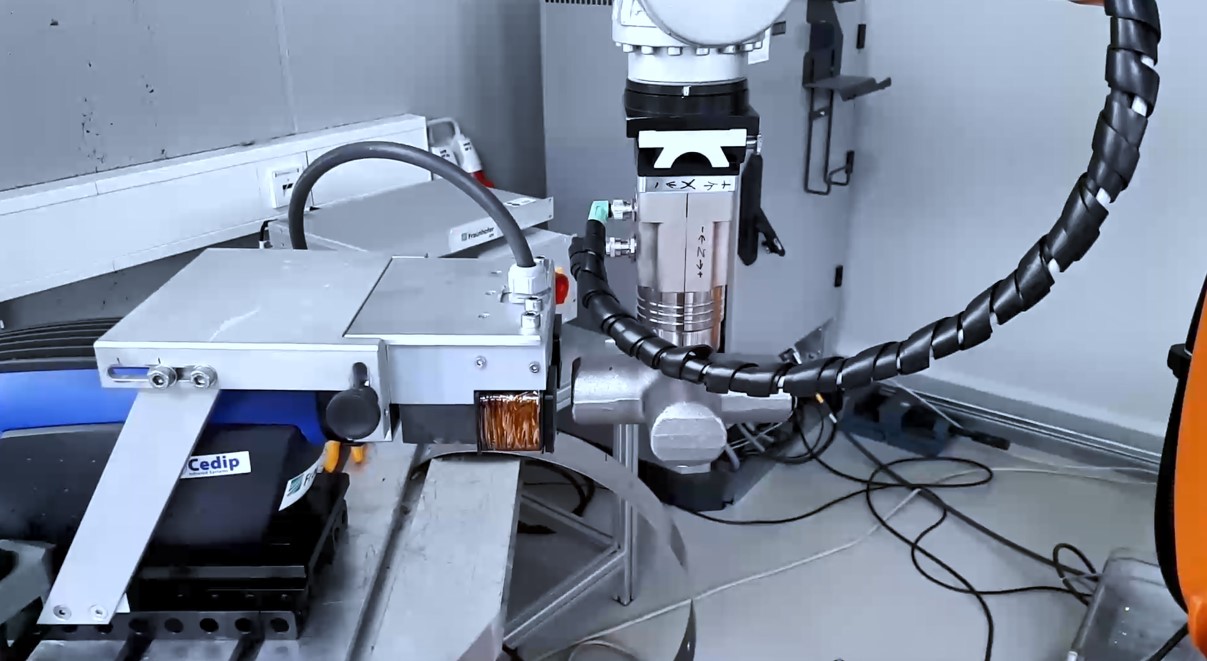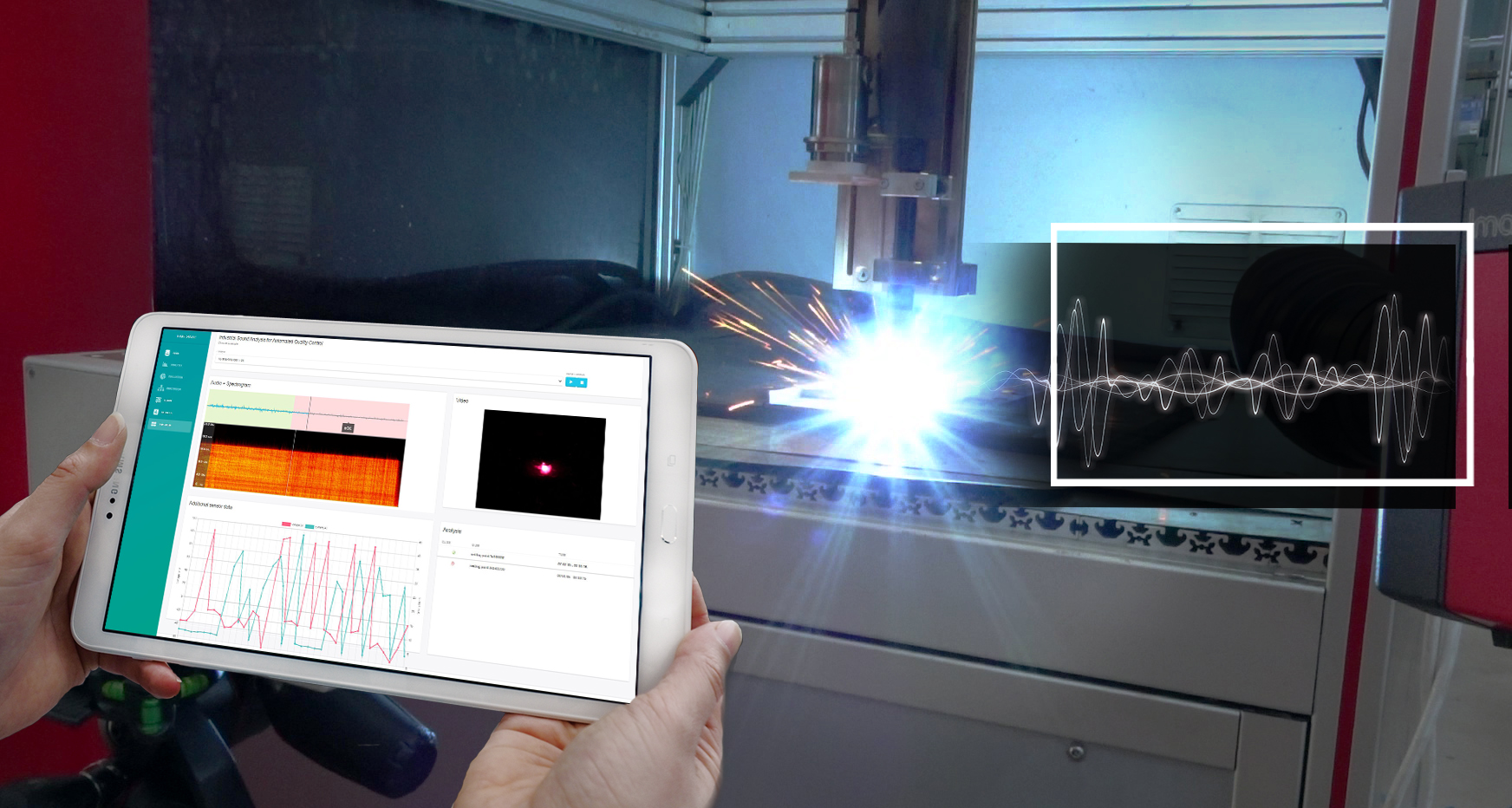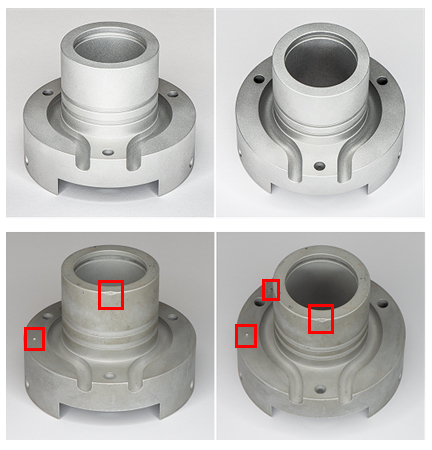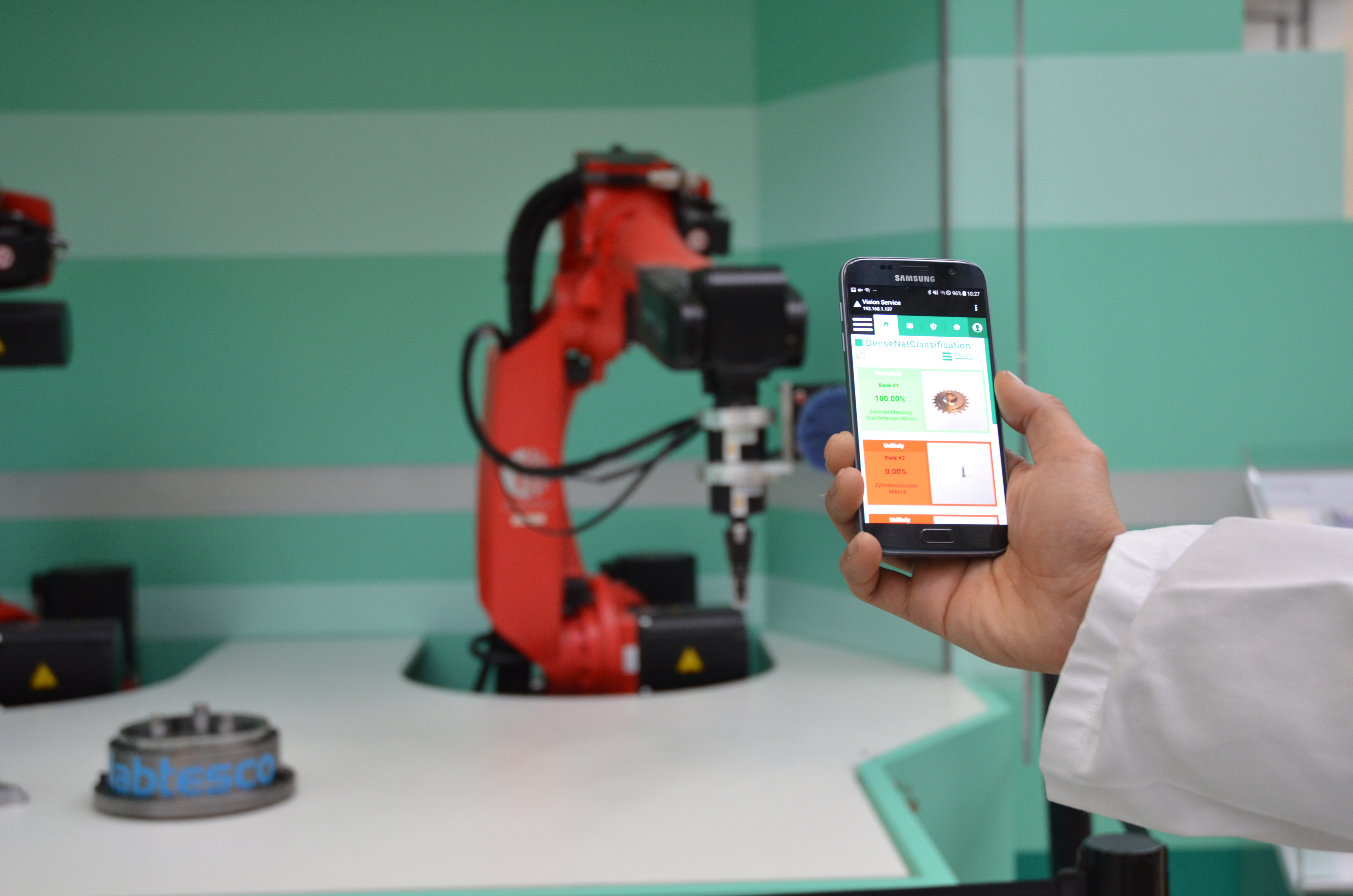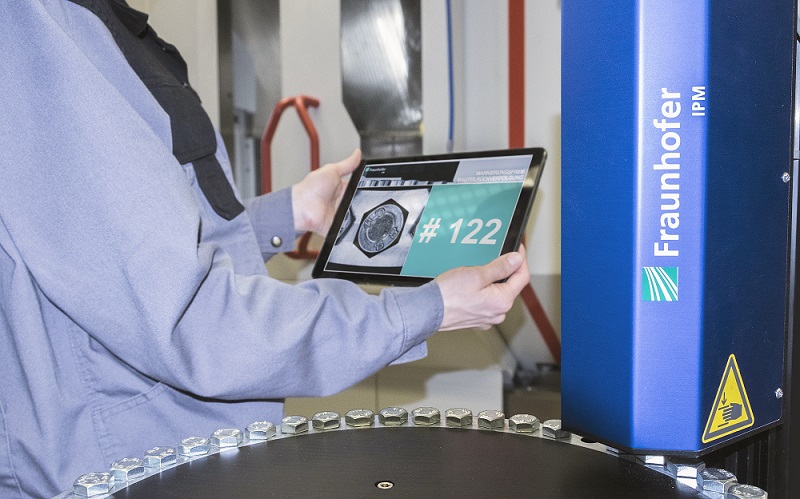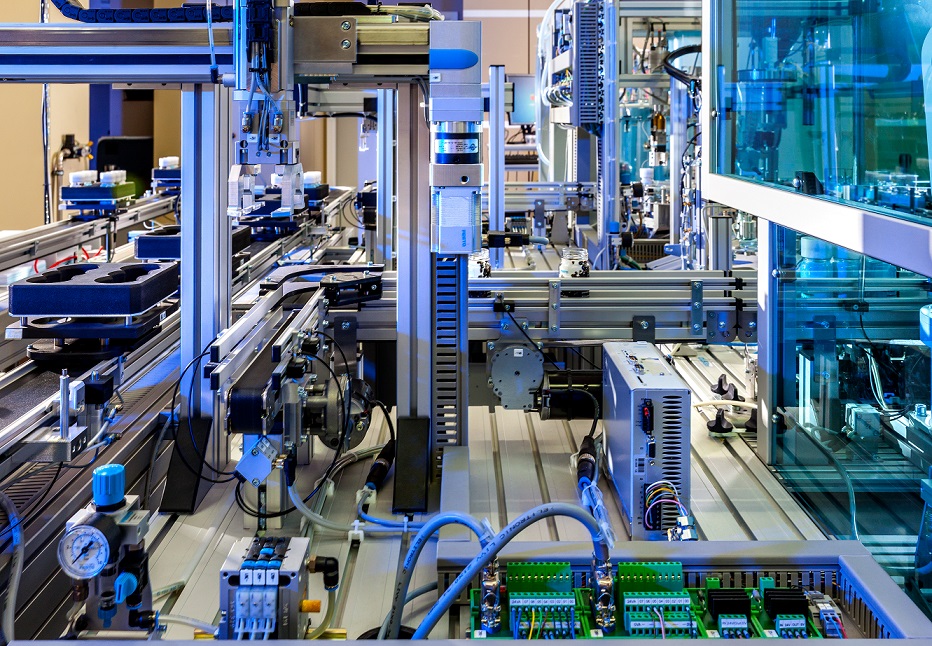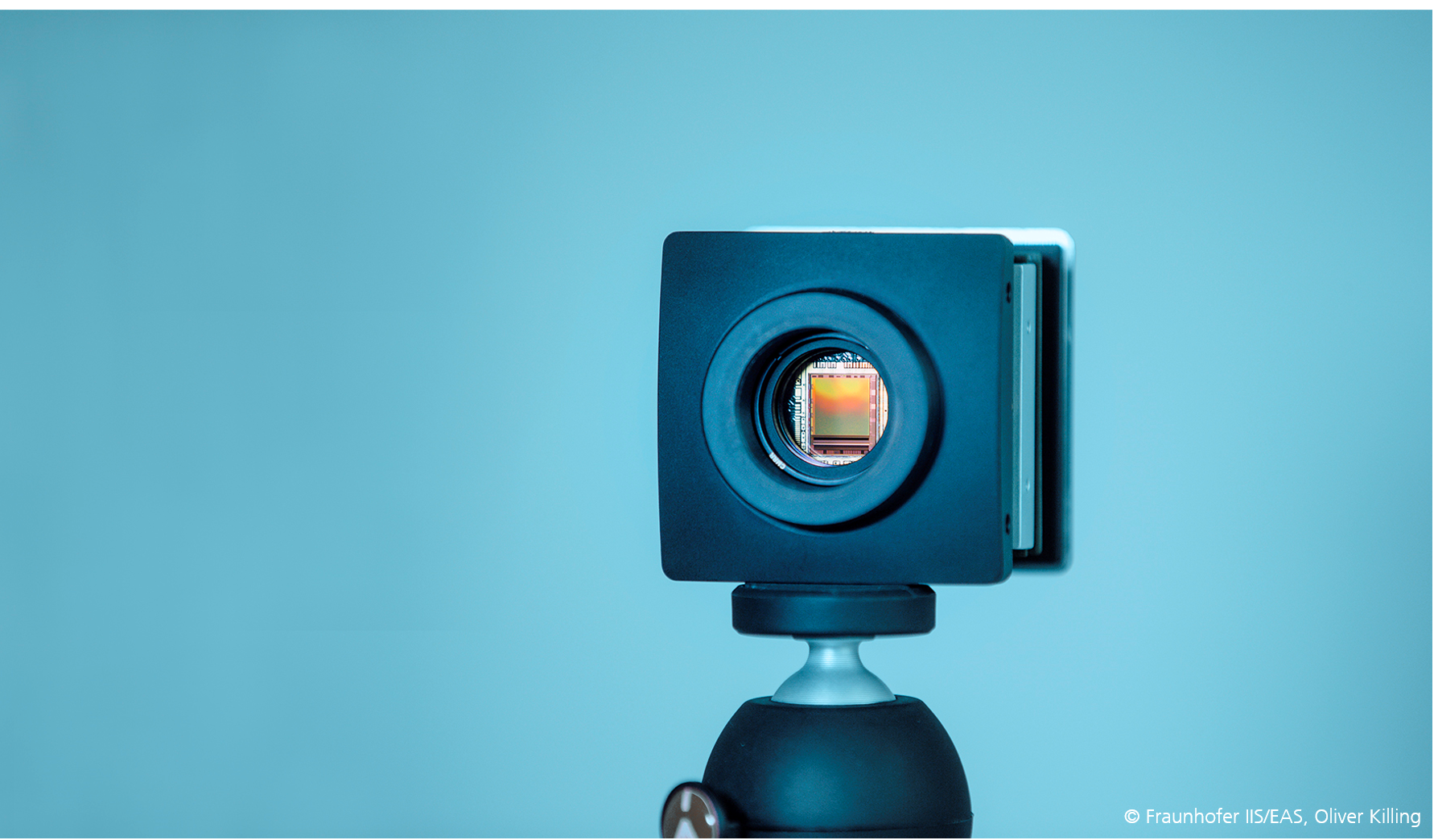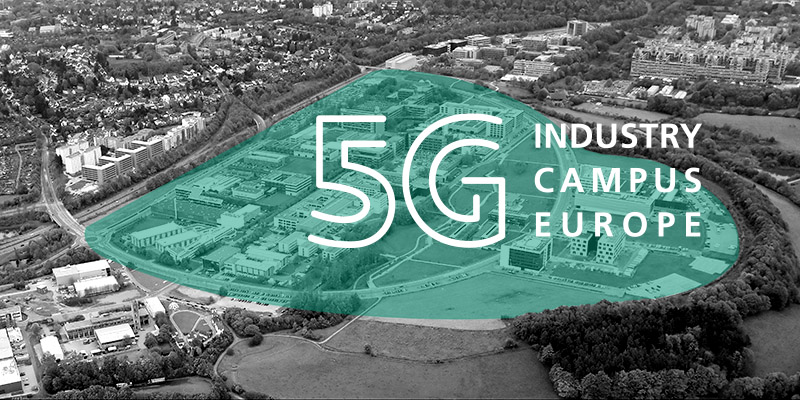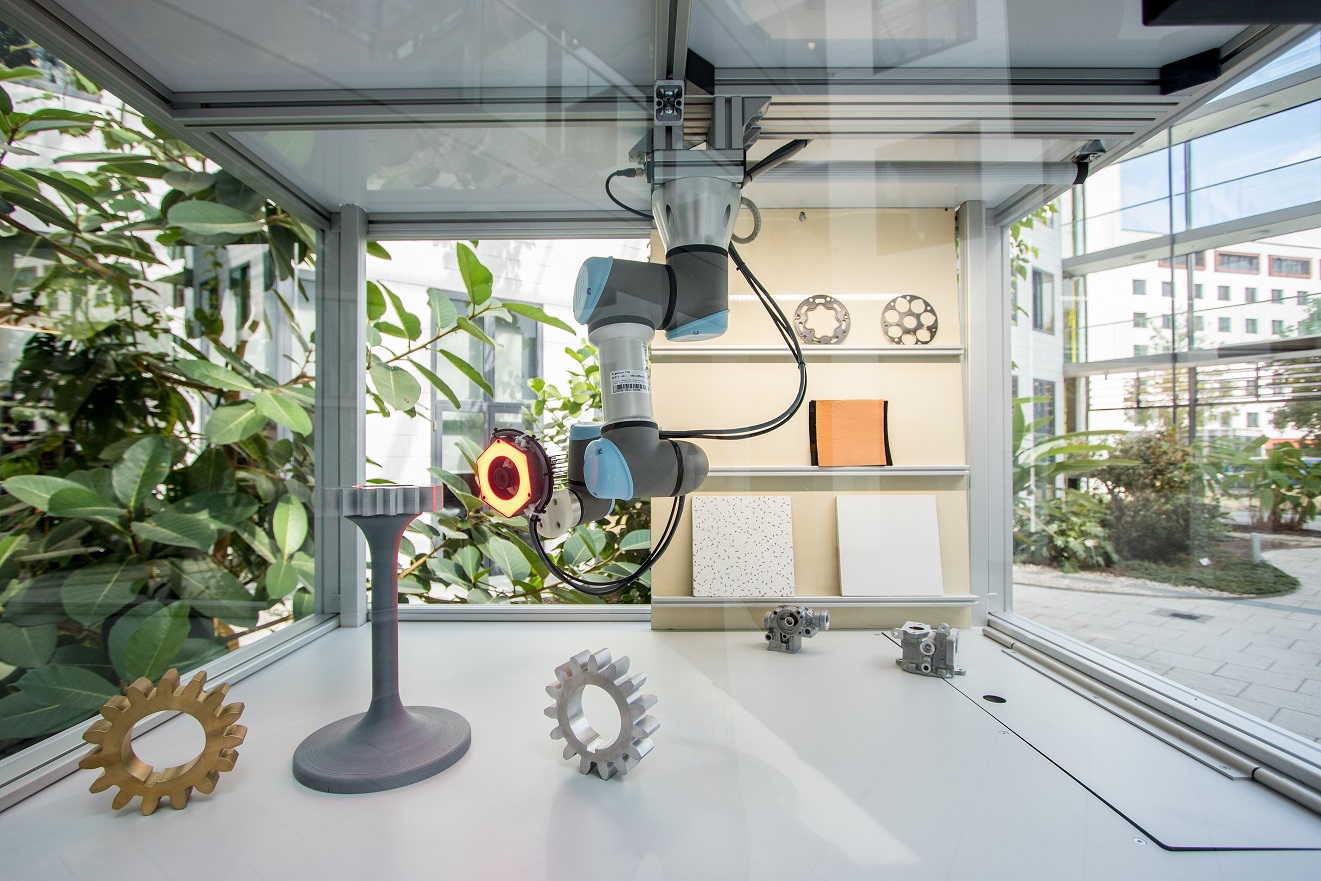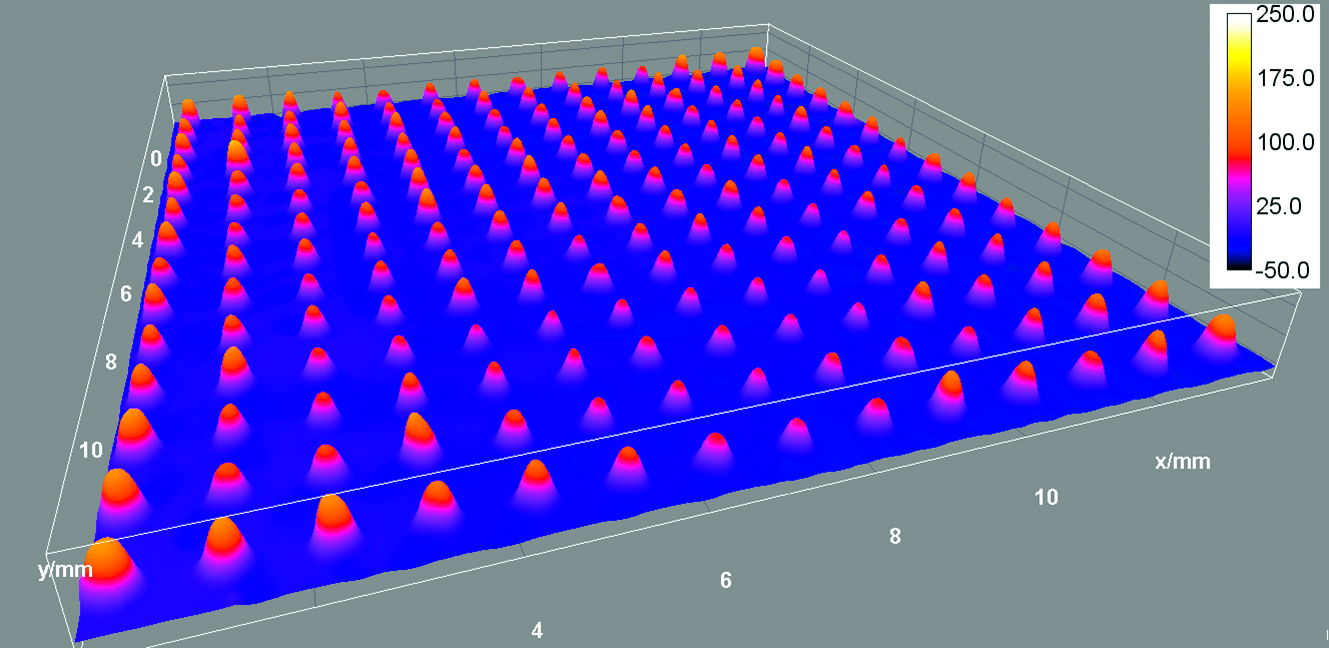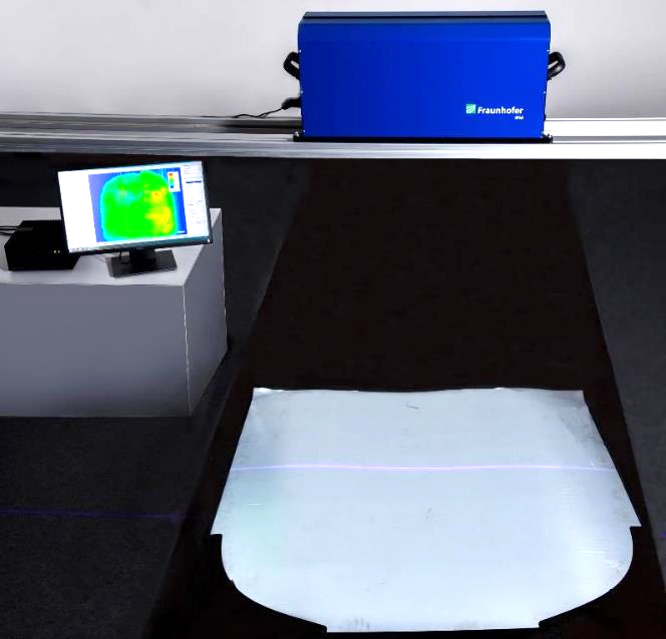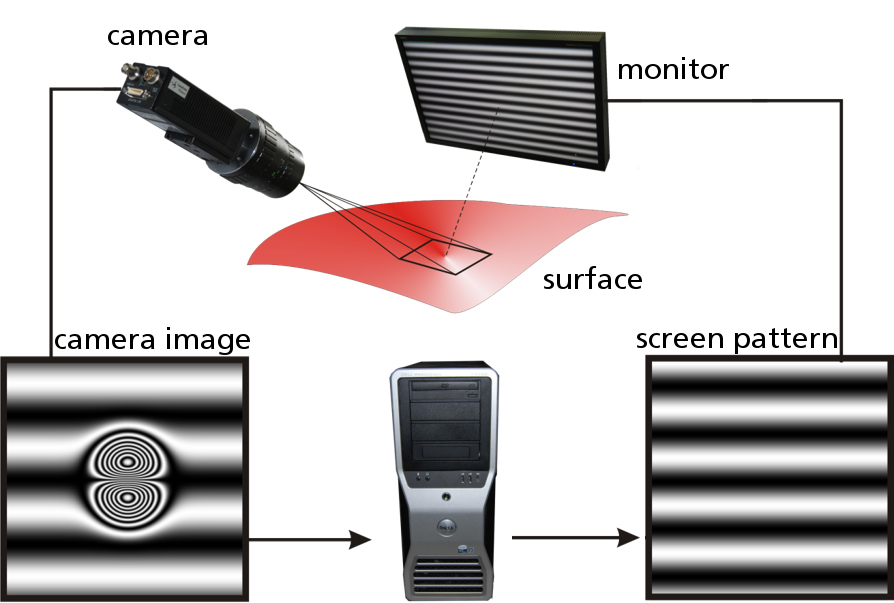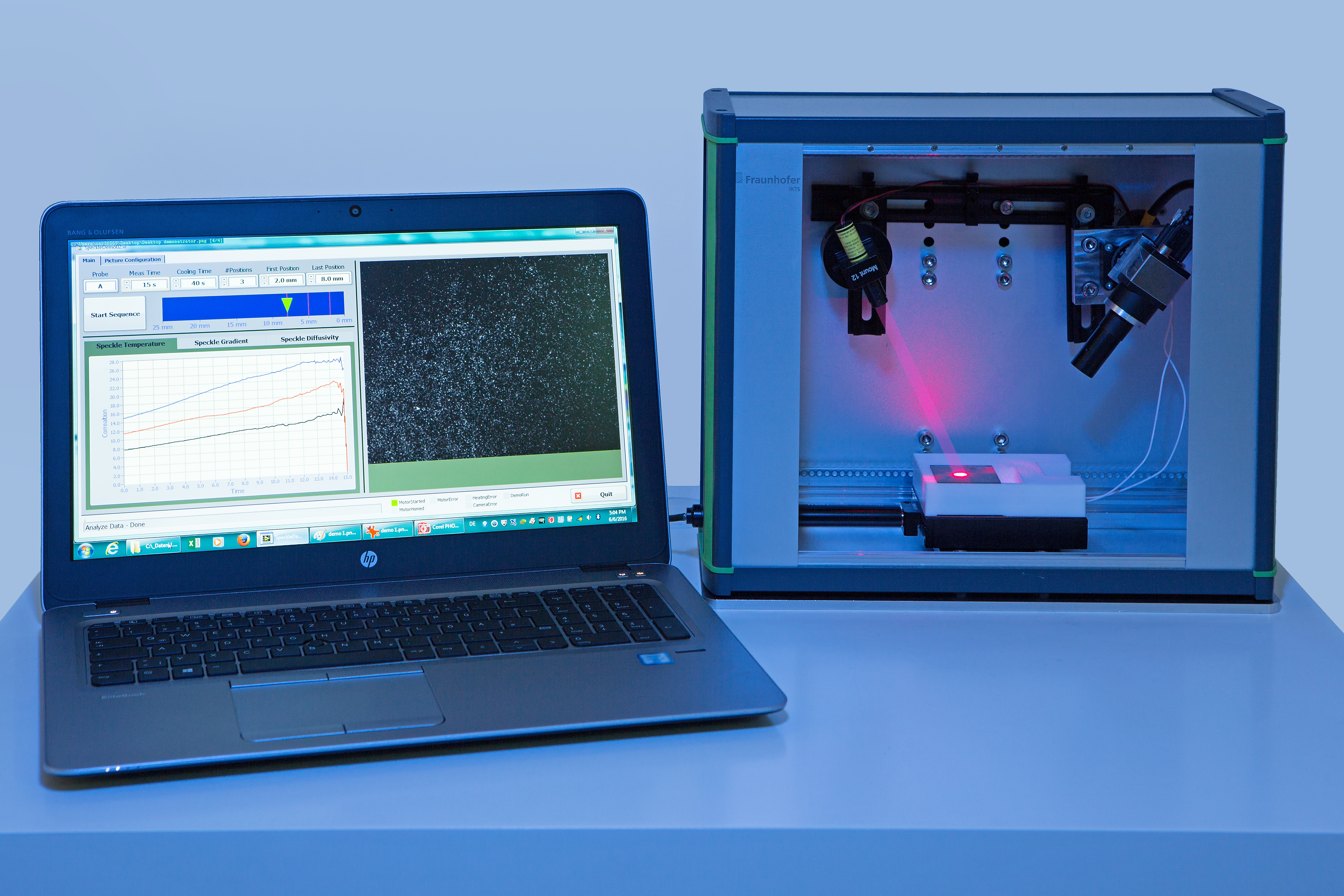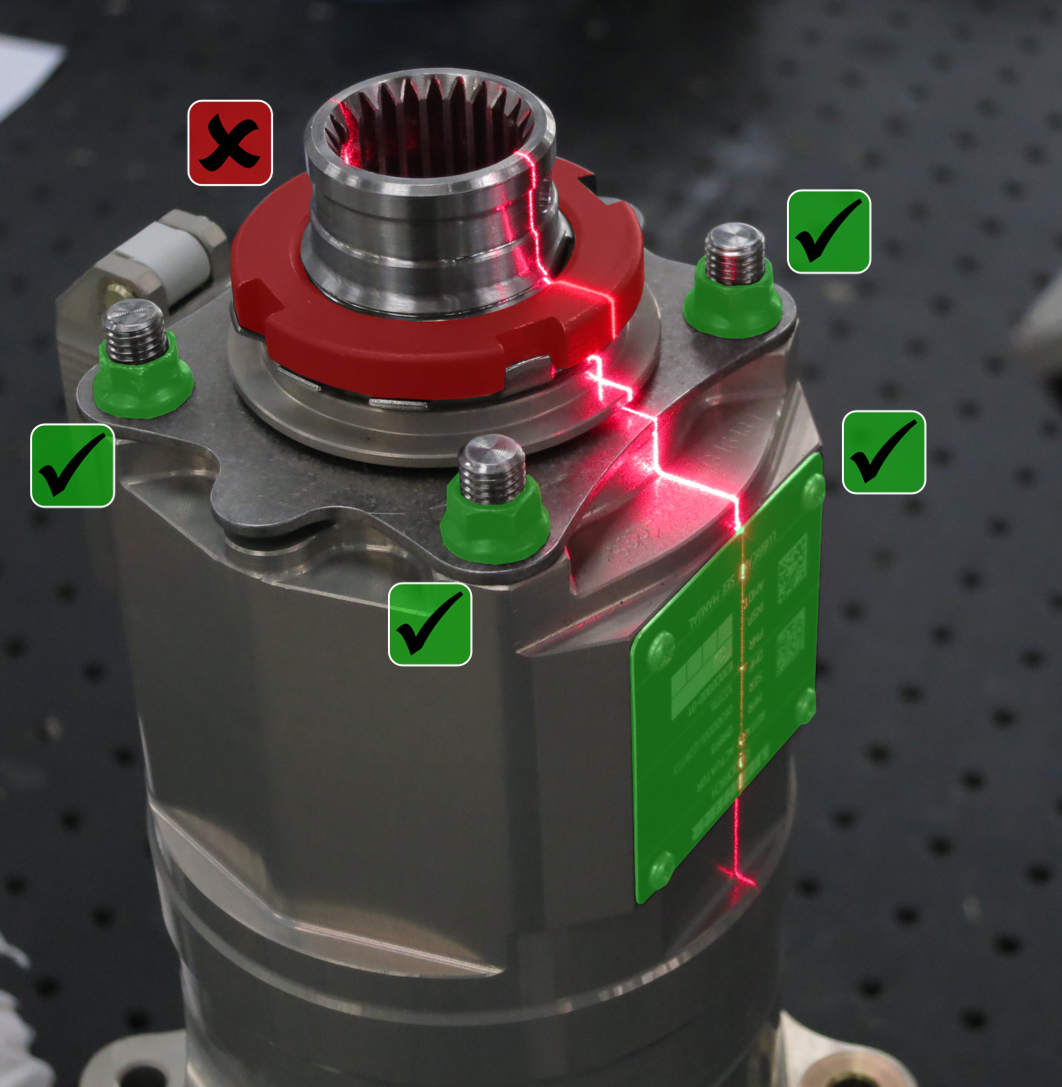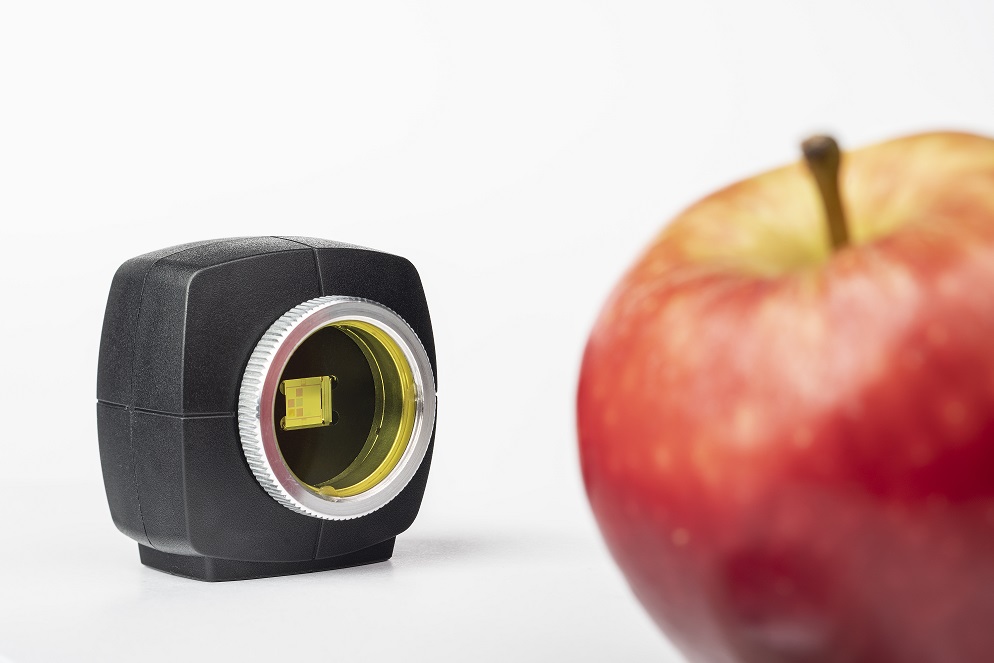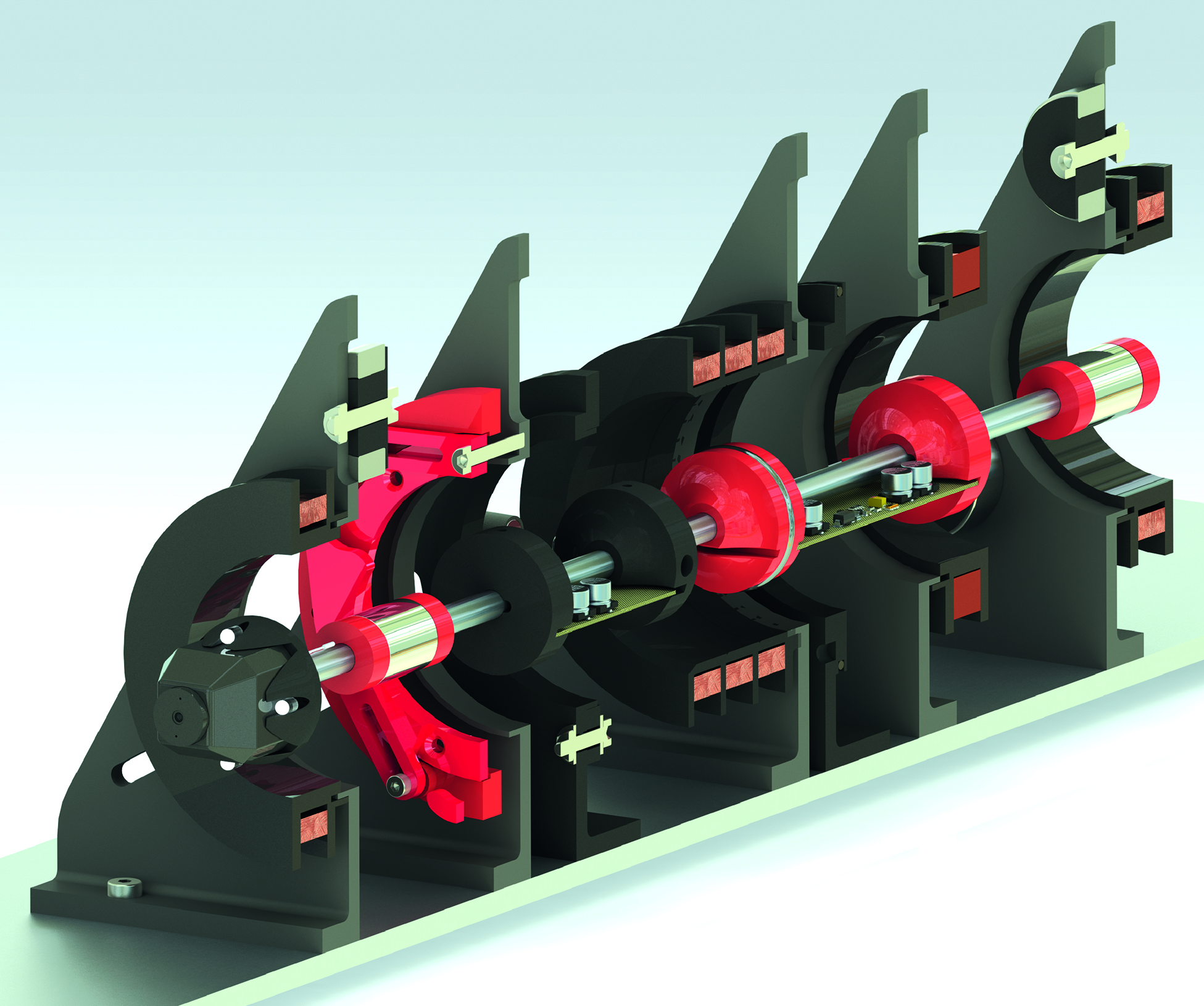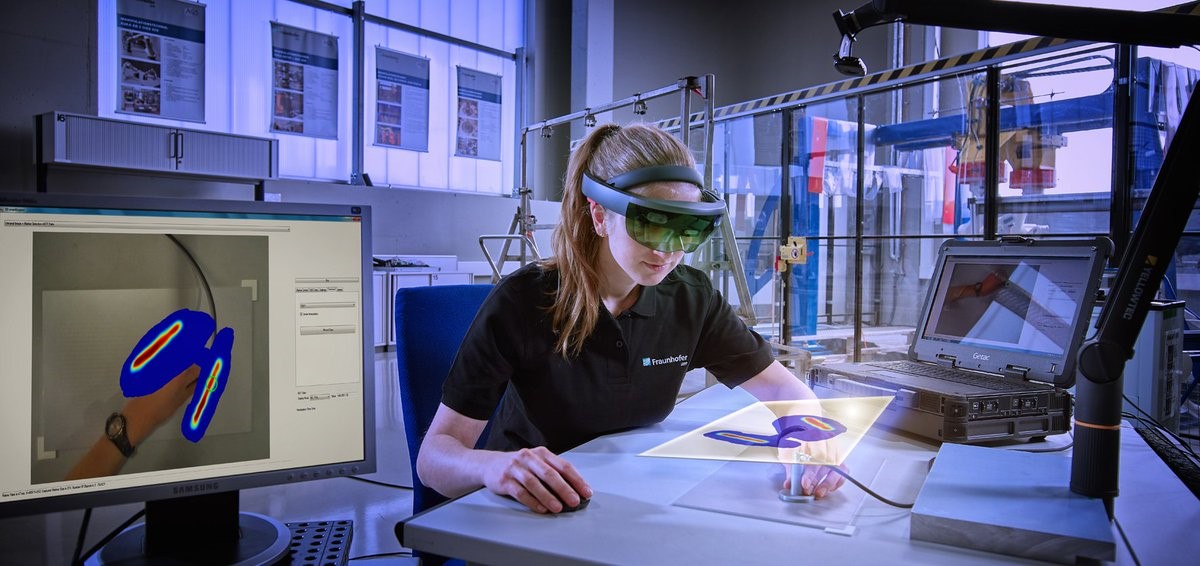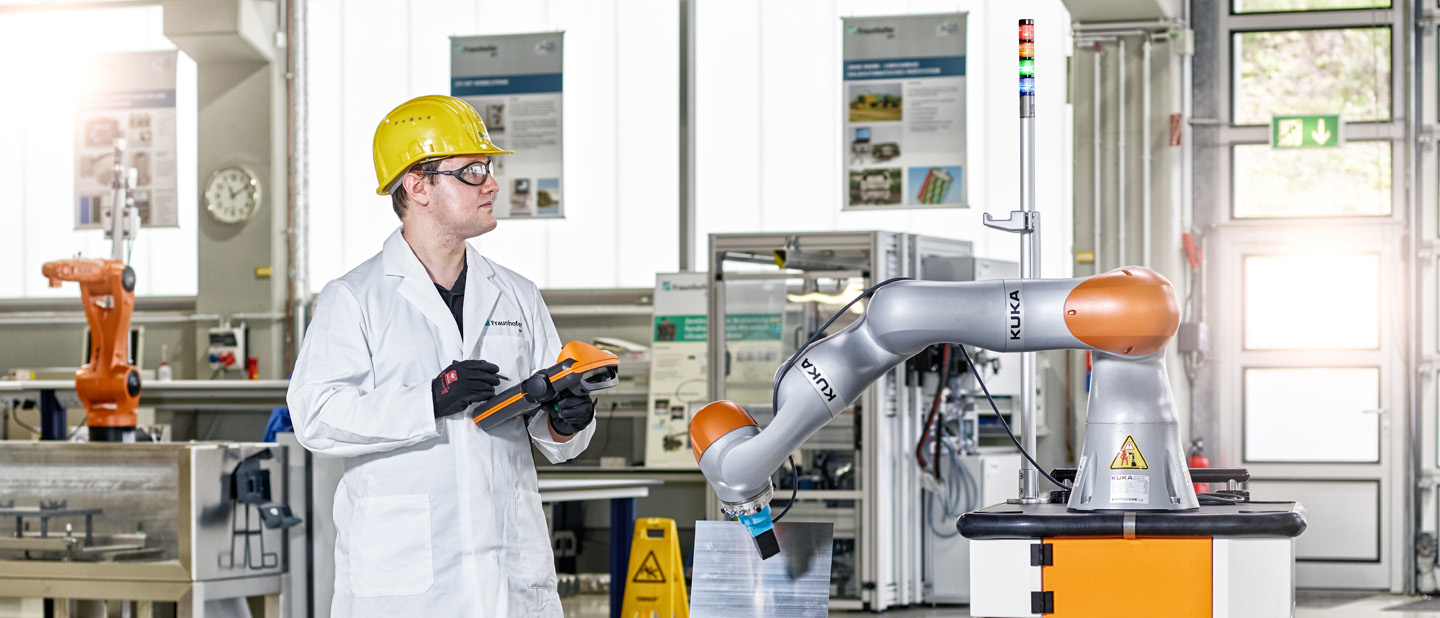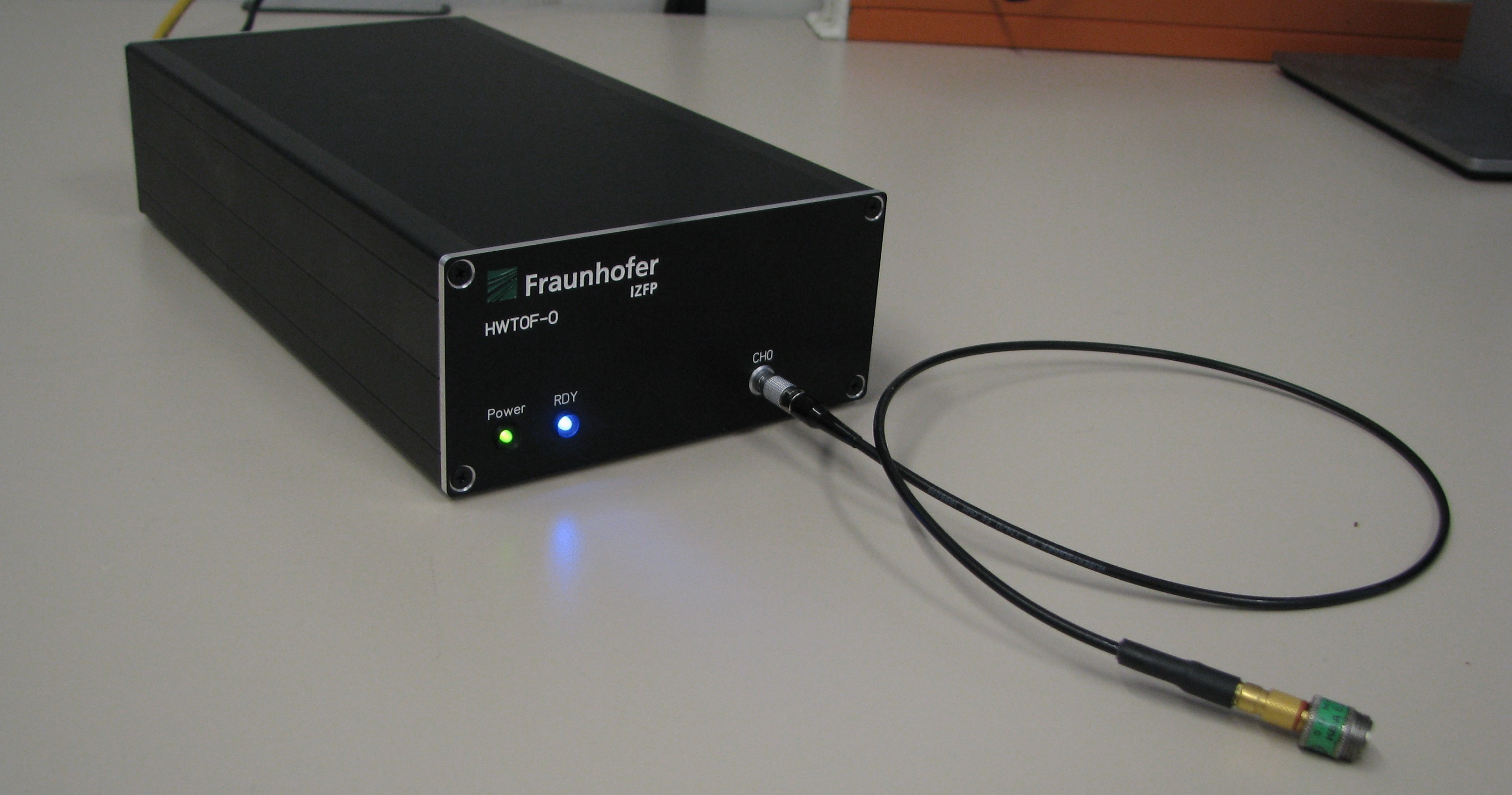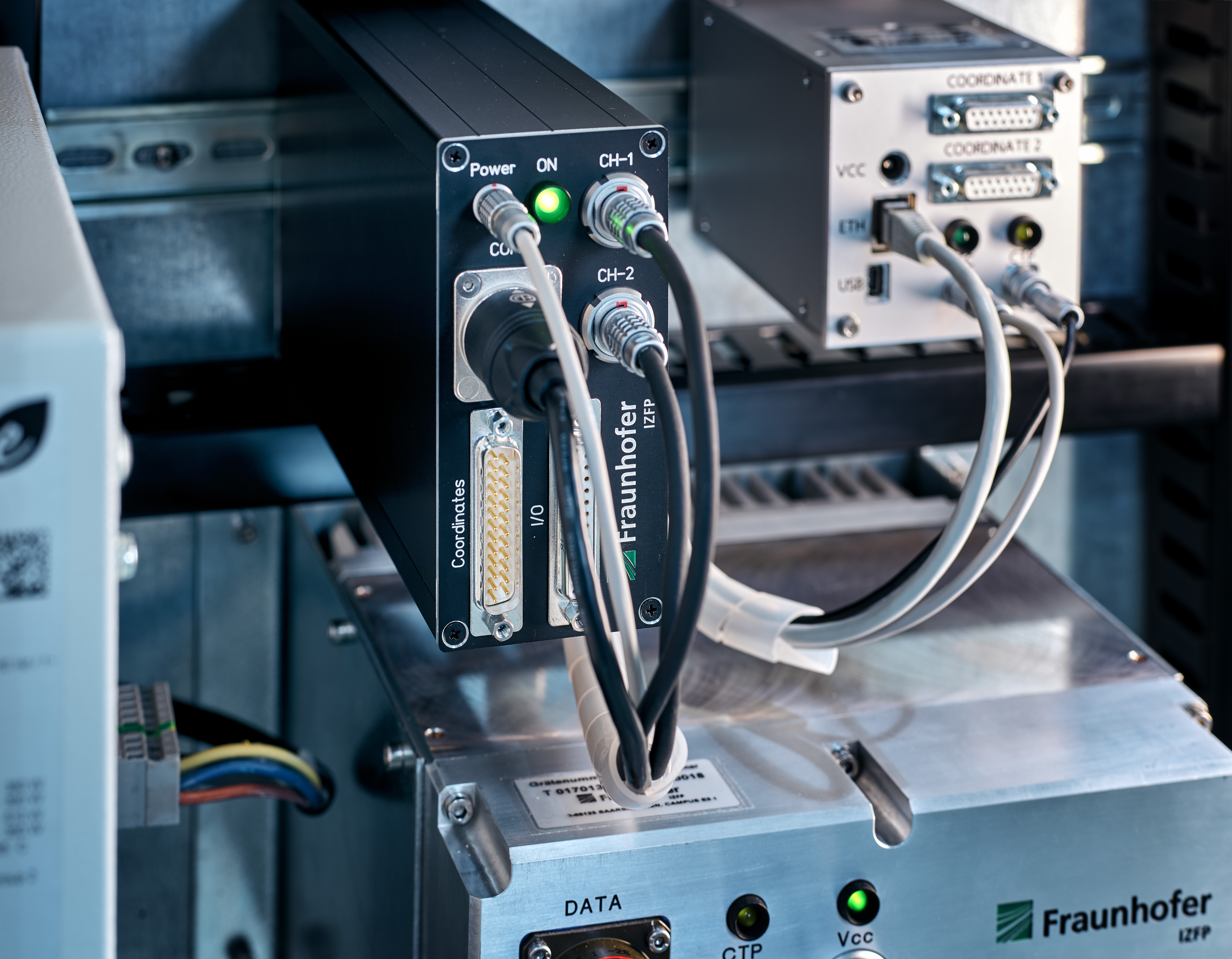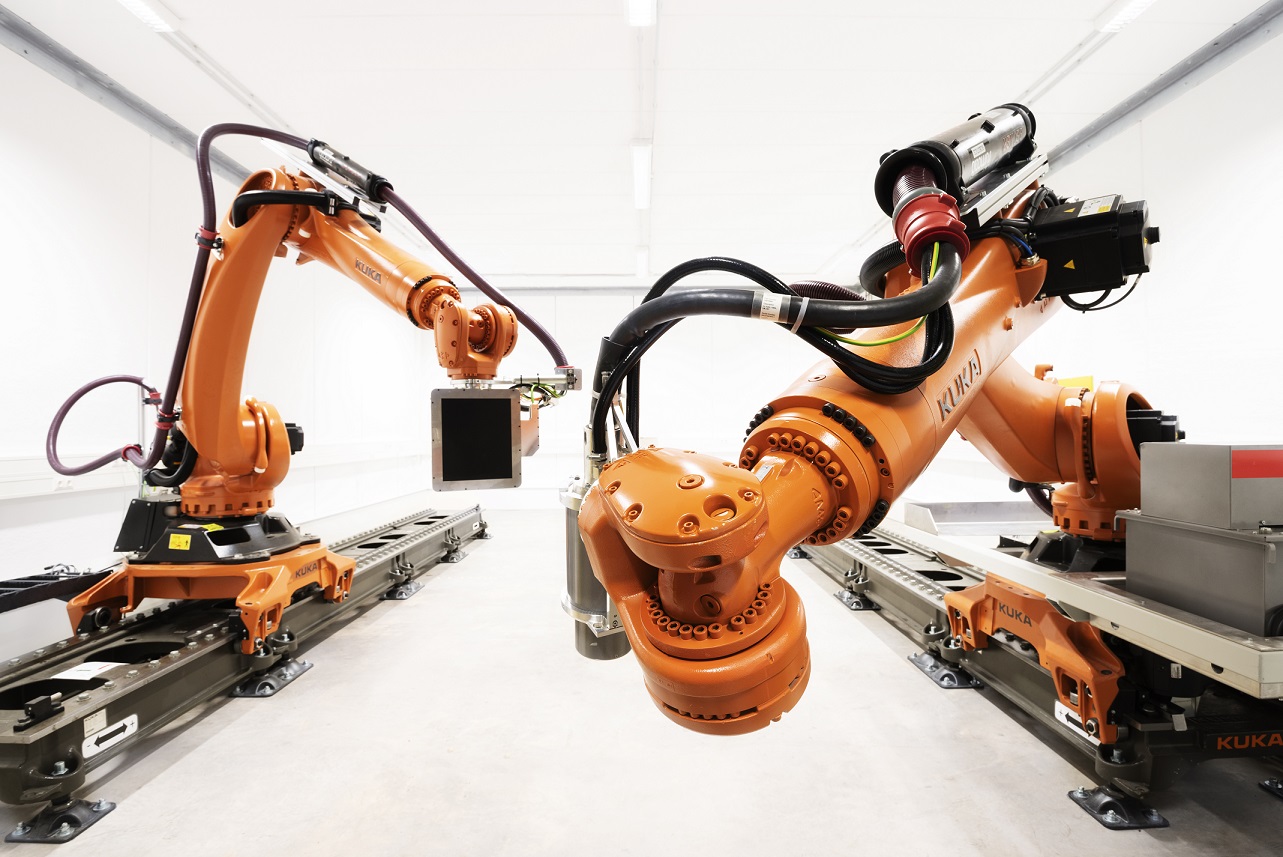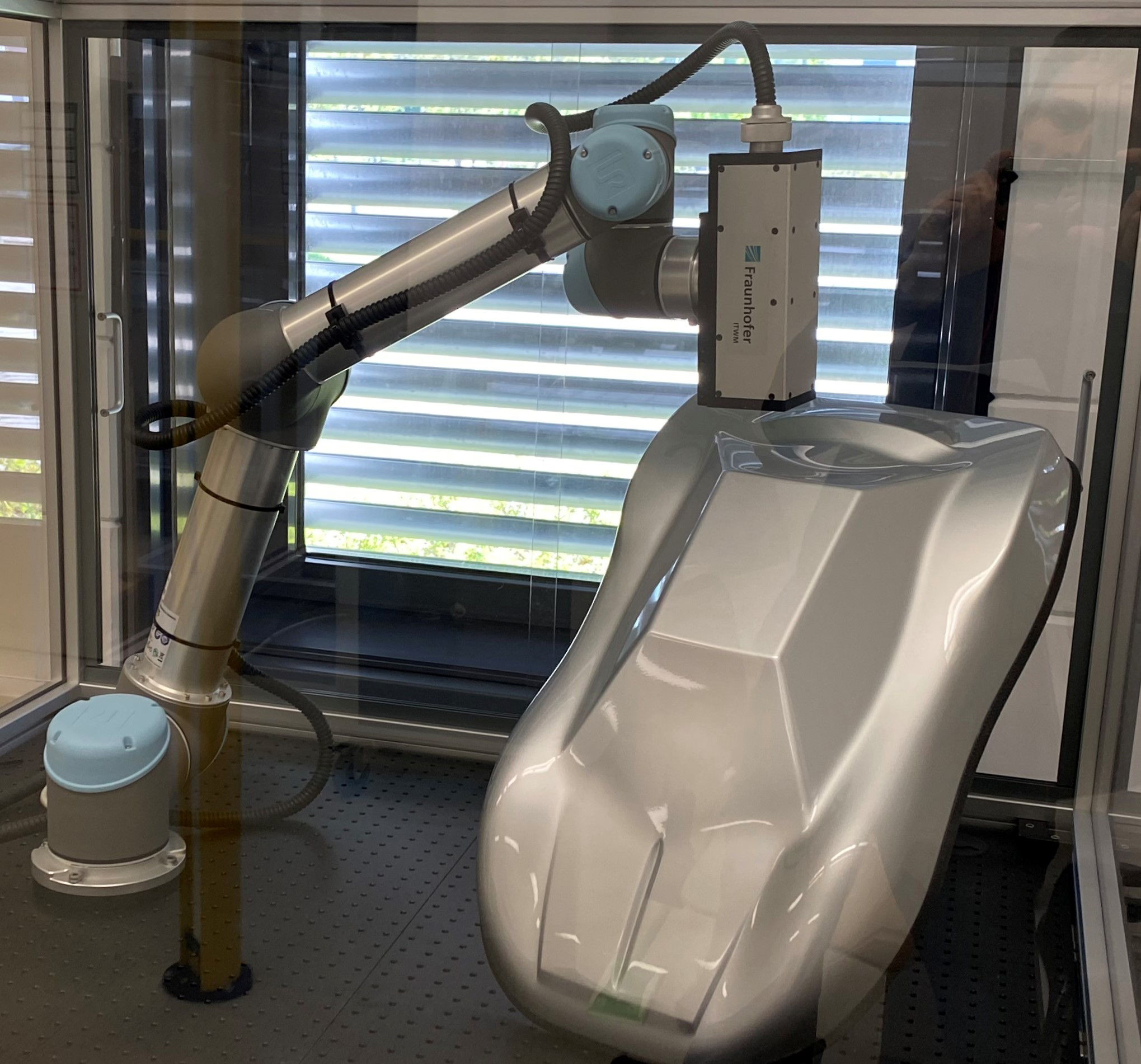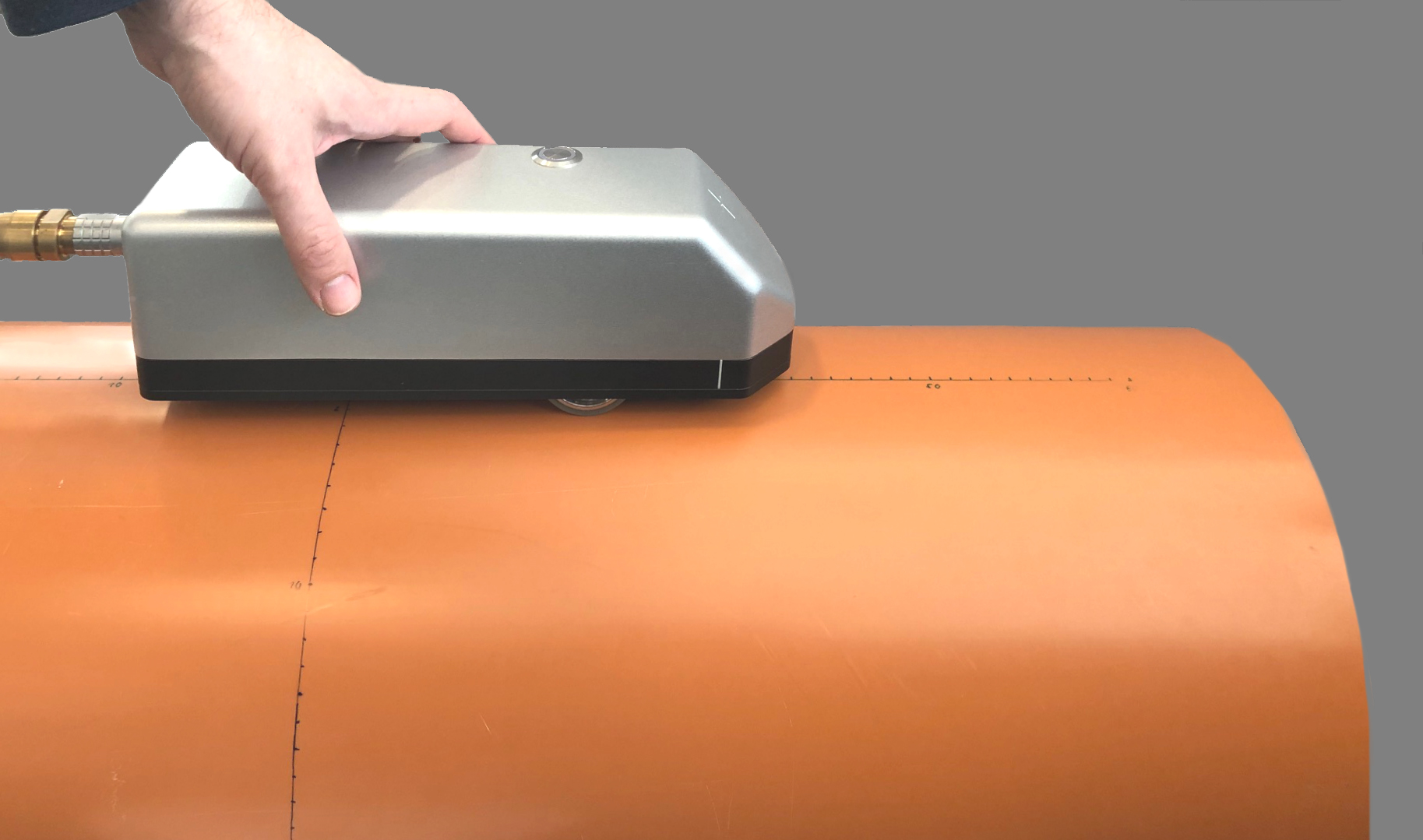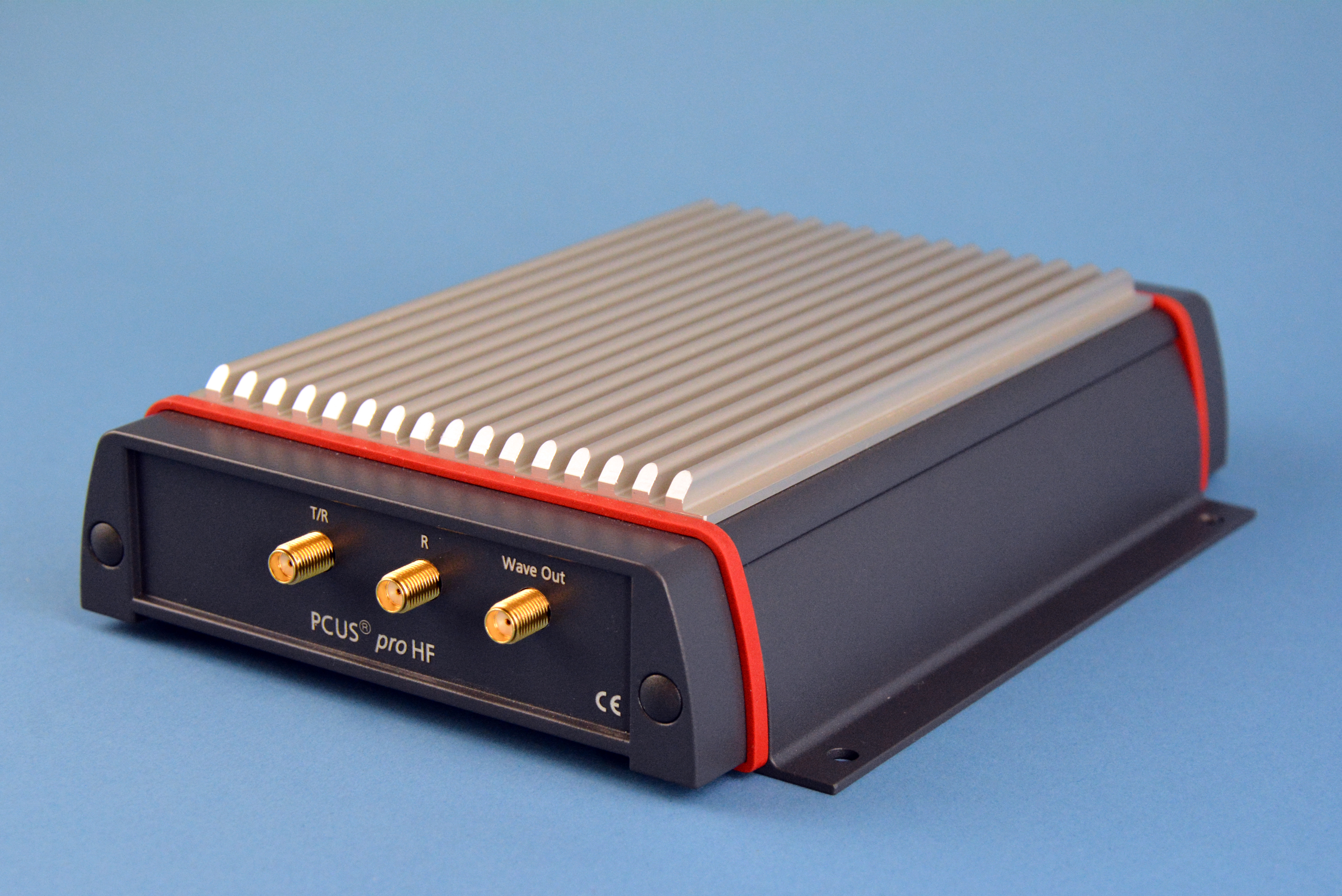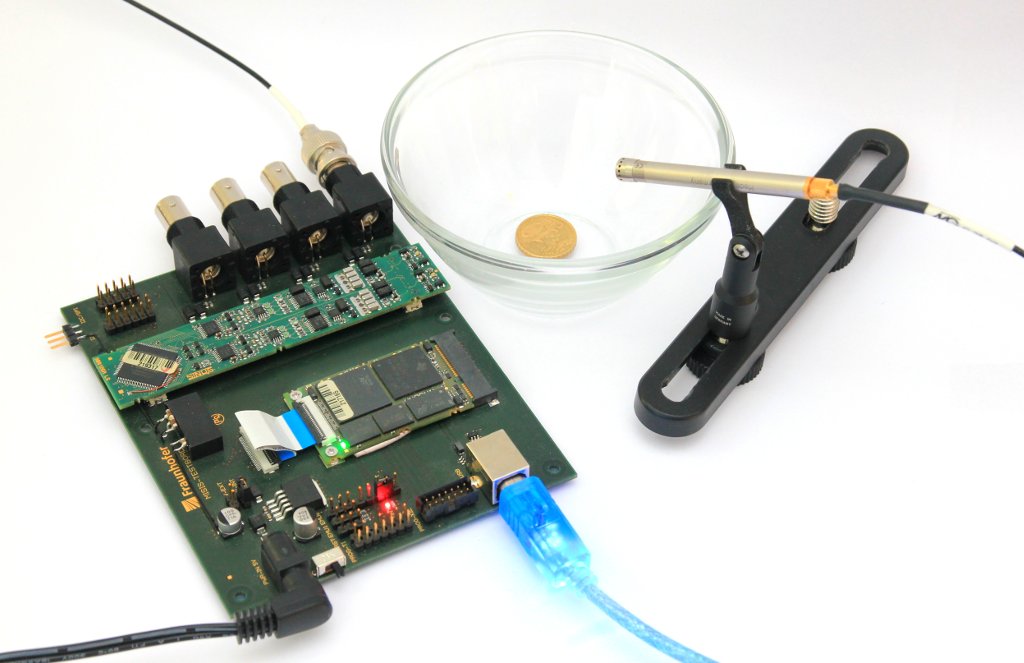5G Industry Campus Europe: Infrastructure as an enabler for machine learning applications in production
The Aachen campus will be the first location in Europe to be equipped with an area-wide 5G network in order to fully research and demonstrate the new mobile technology in production.
At the 5G-Industry Campus Europe, the project partners are investigating eight different application scenarios - from 5G sensor technology for monitoring and controlling highly complex manufacturing processes to mobile robotics and logistics to production chains spanning multiple locations. The Aachen scientists also want to test the use of modern edge cloud systems for fast processing of data in order to exploit the potential of 5G in networked, adaptive production.
The indoor and outdoor network of the 5G Industry Campus Europe in Aachen covers an outdoor area of about one square kilometer as well as nearly 7000 m2 in the machine halls of the participating partners, representing all fields of production technology. To ensure direct transferability of the research results to real industrial applications, the 5G-Industry Campus Europe network will be built in the industry-relevant frequency range of 3.7 to 3.8 GHz.
For the application scenarios, a flexible sensor-cloud communication structure is being developed in parallel within the framework of Fraunhofer projects, which will significantly increase the potential for the development of complex machine learning applications for quality assurance.
Exhibitor: Fraunhofer IPT, Aachen

